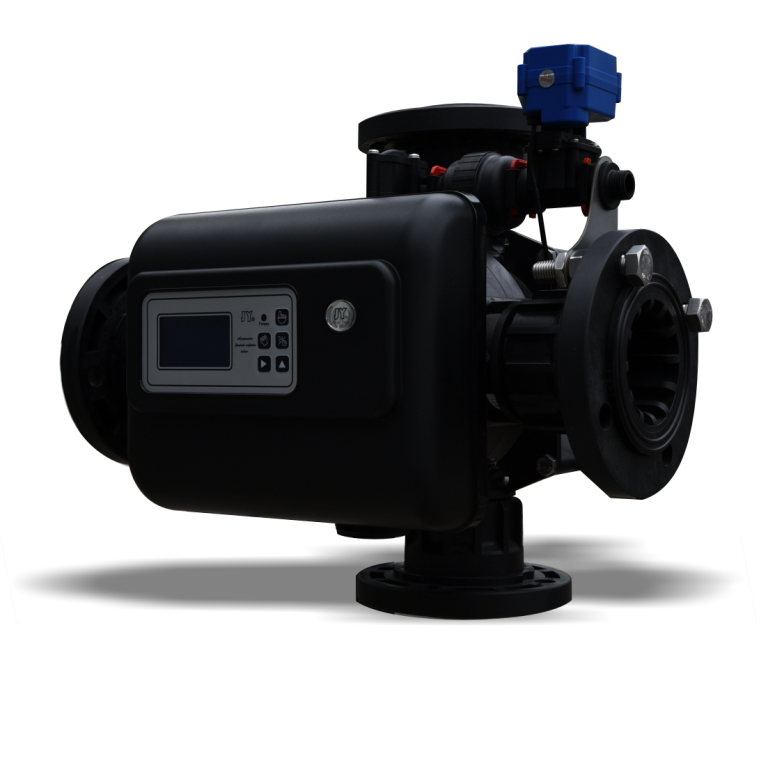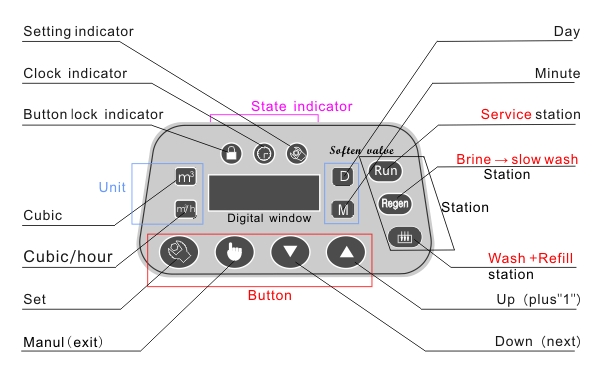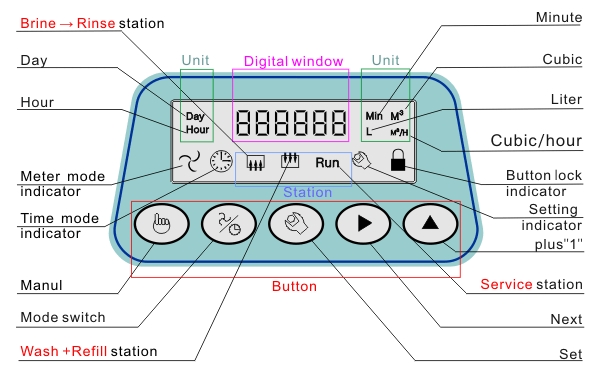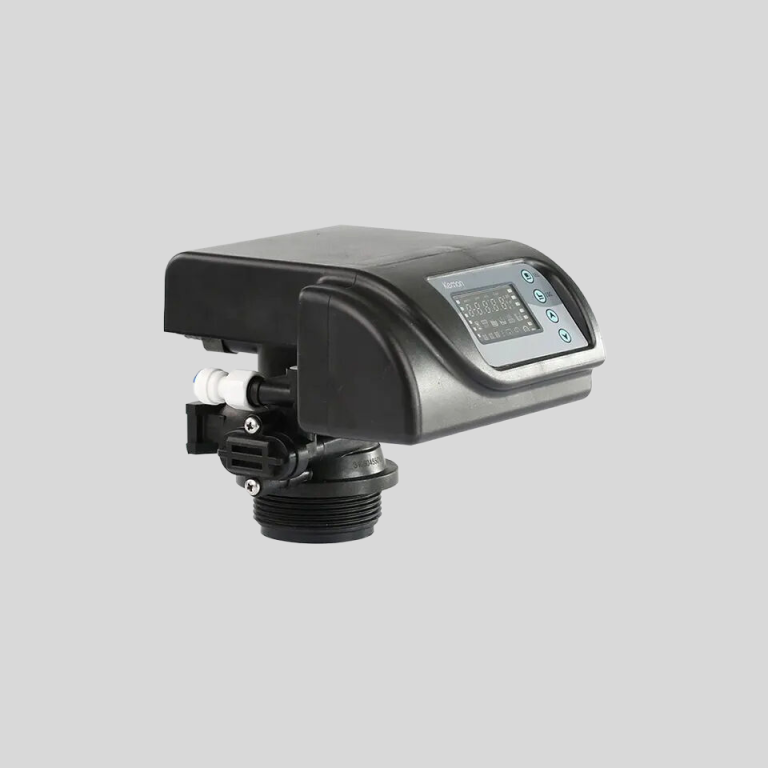Table of Contents
Benefits of Using a softener valve in Your Home
A softener valve is an essential component of a water softening system that helps to remove minerals such as calcium and magnesium from hard water. Hard water can cause a variety of issues in your home, including scale buildup in pipes and appliances, soap scum on dishes and laundry, and dry, itchy skin and hair. By using a softener valve, you can enjoy the benefits of soft water throughout your home.
One of the main benefits of using a softener valve is that it helps to extend the life of your appliances and plumbing fixtures. Hard water can cause scale buildup in pipes, water heaters, and other appliances, which can lead to reduced efficiency and costly repairs. By using a softener valve to remove minerals from your water, you can prevent scale buildup and prolong the life of your appliances.
In addition to extending the life of your appliances, a softener valve can also help to improve the efficiency of your water heater. When minerals such as calcium and magnesium are present in your water, they can create a layer of scale on the heating elements of your water heater, which can reduce its efficiency and increase your energy bills. By using a softener valve to remove these minerals from your water, you can help your water heater operate more efficiently and save money on your energy bills.
Another benefit of using a softener valve is that it can help to improve the effectiveness of your soaps and detergents. Hard water can react with soap to form a sticky residue known as soap scum, which can make it difficult to get your dishes and laundry clean. By using a softener valve to remove minerals from your water, you can prevent soap scum from forming and ensure that your soaps and detergents work more effectively.
| Model | MSD2 | MSD4 | MSD4-B | MSD10 | ASD2 -LCD/LED | ASD4-LCD/LED | ASD10-LED |
| Working Position | Service->Back wash->Brine and slow rinse->Fast rinse->Refill->Service | ||||||
| Regeneration mode | Manual | Automatic | |||||
| Inlet | 3/4” | 1” | 1” | 2” | 1/2”, 3/4”, 1” | 1/2”, 3/4”, 1” | 2” |
| Outlet | 3/4” | 1” | 1” | 2” | 1/2”, 3/4”, 1” | 1/2”, 3/4”, 1” | 2” |
| Drain | 1/2” | 1/2” | 1/2” | 1” | 1/2” | 1/2” | 1” |
| Base | 2-1/2” | 2-1/2” | 2-1/2” | 4” | 2-1/2” | 2-1/2” | 4” |
| Riser pipe | 1.05”OD | 1.05”OD | 1.05”OD | 1.5”D-GB | 1.05”OD | 1.05”OD | 1.5”D-GB |
| Water Capacity | 2m3/h | 4m3/h | 4m3/h | 10m3/h | 2m3/h | 4m3/h | 10m3/h |
| Working Pressure | 0.15-0.6MPa | ||||||
| Working Temperature | 5-50°C | ||||||
| Power Supply | No Need Power | AC100-240V/50-60Hz DC12V-1.5A | |||||
Furthermore, soft water is gentler on your skin and hair than hard water. Hard water can strip the natural oils from your skin and hair, leaving them dry and irritated. By using a softener valve to remove minerals from your water, you can enjoy the benefits of soft water that is gentle on your skin and hair, leaving them feeling soft and smooth.
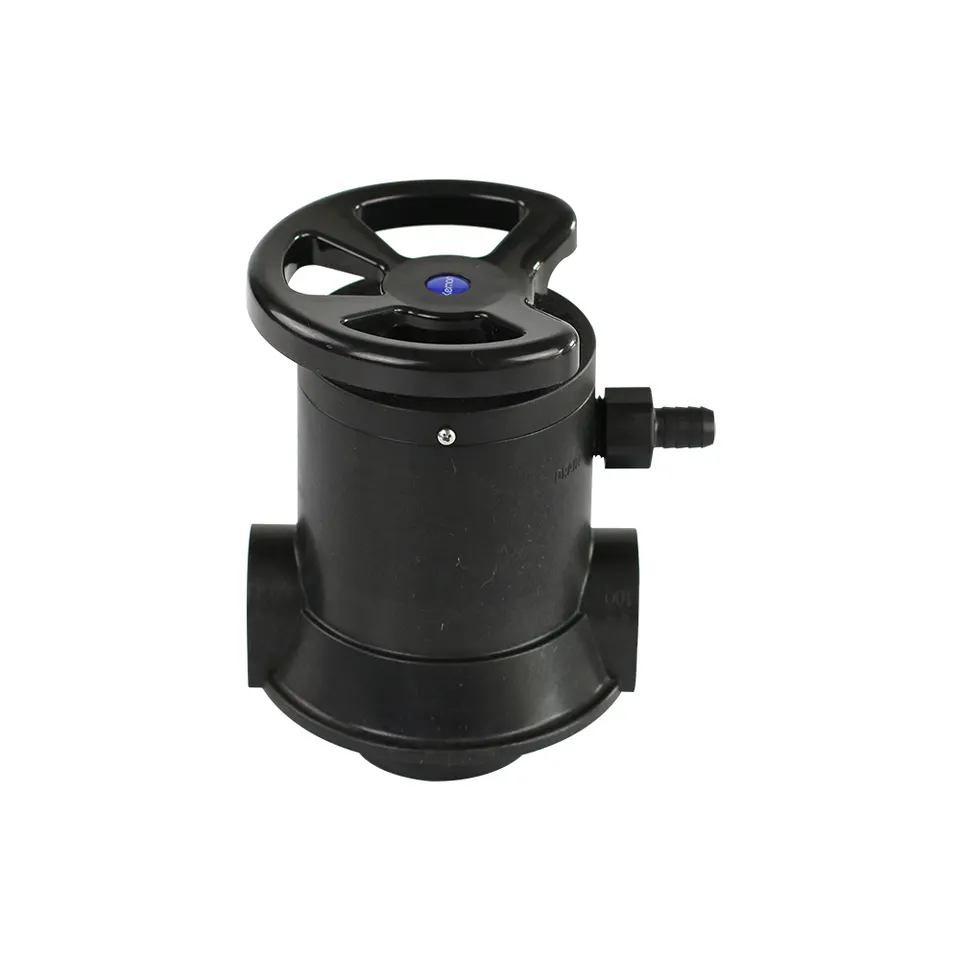
In conclusion, there are many benefits to using a softener valve in your home. From extending the life of your appliances and improving the efficiency of your water heater, to enhancing the effectiveness of your soaps and detergents and providing gentle water for your skin and hair, a softener valve can make a significant difference in the quality of your water. If you are experiencing issues with hard water in your home, consider installing a softener valve to enjoy the benefits of soft water throughout your home.
How to Choose the Right softener valve for Your Water System
When it comes to choosing the right softener valve for your water system, there are several factors to consider. The softener valve is a crucial component of a water softening system, as it controls the flow of water and regulates the regeneration process. With so many options available on the market, it can be overwhelming to determine which valve is best suited for your specific needs.
One of the first things to consider when selecting a softener valve is the type of water softening system you have. There are two main types of water softeners: timer-based and demand-initiated regeneration (DIR) systems. Timer-based systems regenerate at set intervals, regardless of how much water has been used. DIR systems, on the other hand, regenerate based on actual water usage, making them more efficient and cost-effective in the long run.
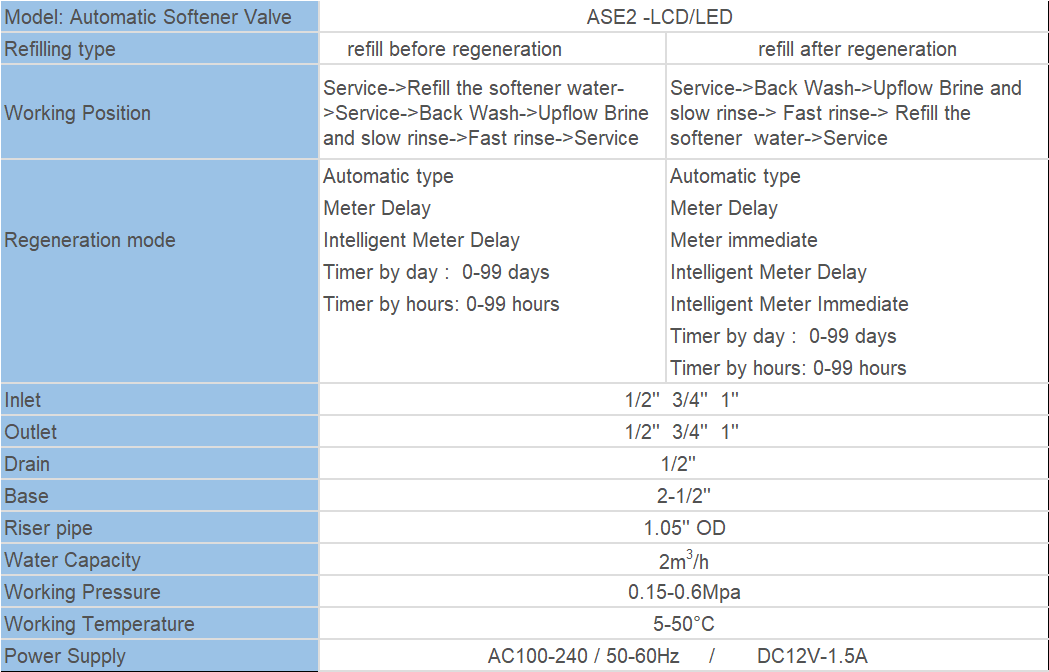
If you have a timer-based system, you will need a valve that can be programmed to initiate regeneration at specific times. Most timer valves have a digital display that allows you to set the regeneration schedule according to your household’s water usage patterns. Some advanced models even have Wi-Fi connectivity, allowing you to monitor and control the valve remotely from your smartphone or tablet.
For DIR systems, you will need a valve that can accurately measure water usage and initiate regeneration when necessary. These valves are equipped with flow meters that track water flow in real-time, ensuring that regeneration only occurs when needed. Additionally, DIR valves often have adjustable settings that allow you to customize regeneration frequency and duration based on your water hardness levels and usage patterns.
Another important factor to consider when choosing a softener valve is the size of your water softening system. Valves come in various sizes to accommodate different flow rates and water capacities. It is essential to select a valve that is compatible with the size of your water softener to ensure optimal performance and efficiency. Installing a valve that is too small for your system can lead to pressure drops and reduced water flow, while a valve that is too large may result in wasted water and salt during regeneration.
In addition to size and compatibility, it is crucial to consider the durability and reliability of the softener valve. Look for valves made from high-quality materials, such as stainless steel or brass, that are resistant to corrosion and wear. Valves with a proven track record of performance and longevity are more likely to provide consistent and trouble-free operation over time.
Lastly, consider the ease of installation and maintenance when selecting a softener valve. Look for valves that are user-friendly and come with clear instructions for installation and programming. Some valves are designed for easy access and serviceability, making it simple to perform routine maintenance tasks, such as cleaning or replacing components.
| SD manual filter | |||
| Model | SD2 | SD4 | SD10 |
| Output Max | 4T/H | 7T/H | 15T/H |
In conclusion, choosing the right softener valve for your water system is essential for ensuring efficient and effective water softening. Consider factors such as the type of water softening system, size and compatibility, durability, and ease of installation when selecting a valve. By taking the time to research and evaluate your options, you can find a valve that meets your specific needs and provides years of reliable performance.

